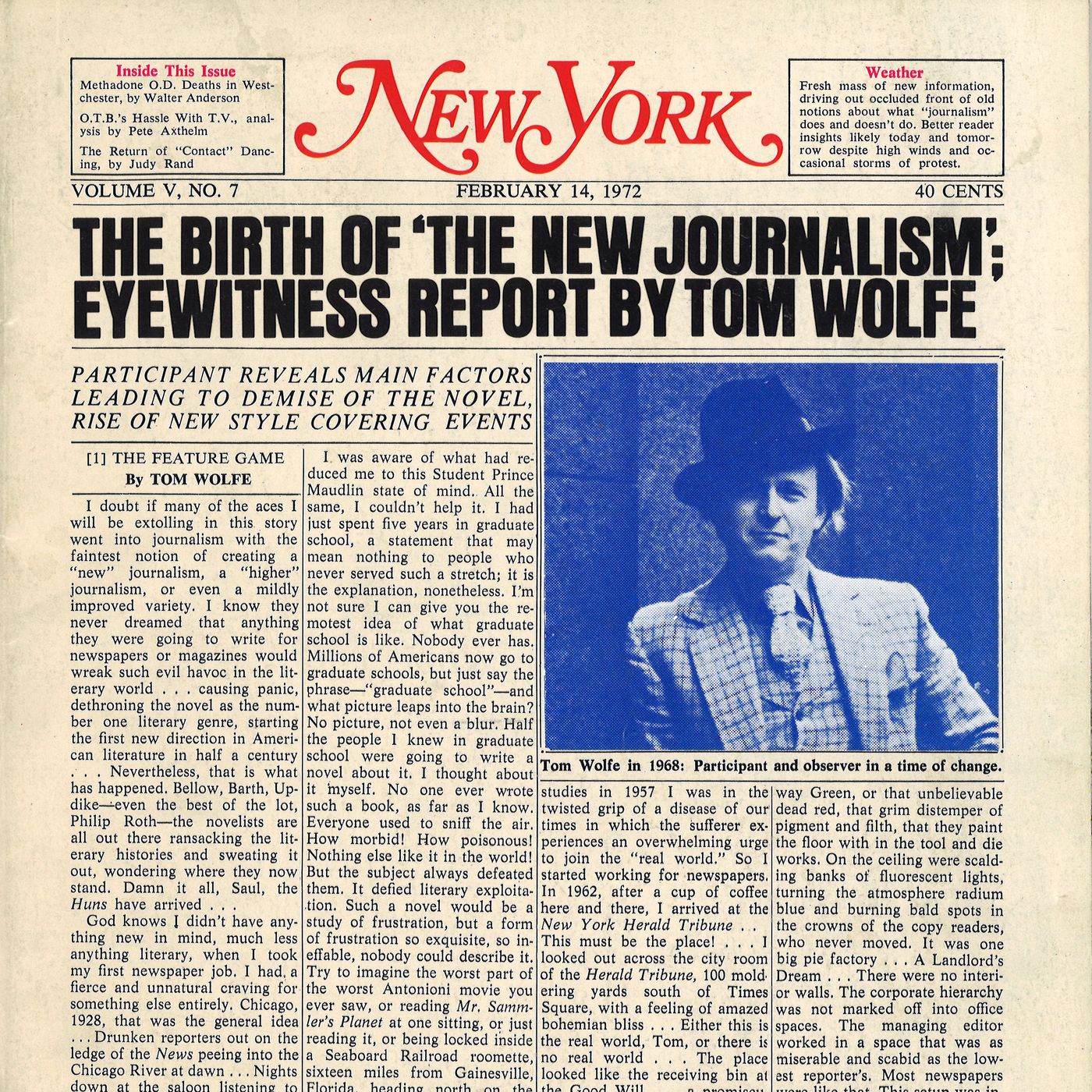The 30-Second Trick For News Articles
The 30-Second Trick For News Articles
Blog Article
4 Simple Techniques For News Articles
Table of ContentsNews Articles - QuestionsNews Articles - Questions8 Simple Techniques For News ArticlesSome Known Questions About News Articles.News Articles Can Be Fun For Everyone
Great understanding of various topics offers students an affordable edge over their peers. Although digital and social media are conveniently accessible, we must not fail to remember exactly how vital it is to check out the newspapers. Parents have to attempt and instill the routine of checking out a paper as an everyday regimen to continue the legacy of the adored print tool.News stories also have at the very least one of the complying with crucial qualities family member to the designated target market: proximity, importance, timeliness, human interest, curiosity, or repercussion.
Within these limitations, information stories additionally intend to be extensive. Nonetheless, other aspects are involved, some stylistic and some obtained from the media kind. Amongst the larger and much more recognized newspapers, justness and equilibrium is a major element in offering details. Commentary is generally constrained to a separate section, though each paper might have a various overall angle.
Newspapers with a global audience, for example, often tend to use a much more formal style of creating. News Articles.; typical style overviews consist of the and the United States News Design Book.
5 Easy Facts About News Articles Shown
As a policy, reporters will certainly not use a long word when a brief one will certainly do. They use subject-verb-object building and vivid, active prose (see Grammar). They offer narratives, examples and metaphors, and they hardly ever depend upon generalizations or abstract ideas. Information writers try to prevent making use of the very same word a lot more than when in a paragraph (sometimes called an "resemble" or "word mirror").
However, headings occasionally leave out the topic (e.g., "Leaps From Watercraft, Catches in Wheel") or verb (e.g., "Feline female lucky"). A subhead (also subhed, sub-headline, subheading, subtitle, deck or dek) can be either a subordinate title under the primary heading, or the heading of a subsection of the write-up. It is a heading that precedes the major message, or a group of paragraphs of the main text.

Extra signboards of any of these types might show up later on in the article (specifically on subsequent web pages) to lure more reading. Such signboards are also used as guidelines to the write-up in various other areas of the magazine or website, or as ads for the piece in other publication or websites. his response Normal framework with title, lead paragraph (summary in strong), other paragraphs (details) and get in touch with details.

Instance of a hard-lead paragraph NASA is proposing one more space task. The firm's budget plan demand, revealed today, included a strategy to send out another goal to the Moon. This time the agency really hopes to establish a long-lasting center as a jumping-off factor for various other area adventures. The try this out budget plan demands around $10 billion for the project.
An "off-lead" is the second most important front web page news of the day. To "bury the lead" is to start the article with background details or details of additional relevance to the readers, compeling them to read more deeply into a short article than they should have to in order to discover the crucial factors.
Some Of News Articles
Typical use is that one or 2 sentences each develop their own paragraph. Journalists usually describe the organization or structure of a newspaper article as an upside down pyramid. The essential and most fascinating aspects of a tale are placed at the beginning, with supporting details adhering to in order of reducing significance.
It enables individuals to check out a subject to only the depth that their inquisitiveness takes them, and without the charge of information or nuances that they could think about pointless, but still making that info offered to much more interested readers. The upside down pyramid framework additionally allows posts to be trimmed to any type of arbitrary you could try this out length during layout, to suit the space available.
Some writers start their tales with the "1-2-3 lead", yet there are several kinds of lead available. A twist can refer to numerous things: The last story in the news program; a "delighted" story to finish the show.
Longer posts, such as magazine cover articles and the pieces that lead the inside areas of a newspaper, are recognized as. Attribute tales differ from straight news in numerous ways.
Some Known Details About News Articles
The journalist often information interactions with meeting subjects, making the piece much more individual. A feature's initial paragraphs typically connect an appealing minute or event, as in an "unscientific lead". From the particulars of an individual or episode, its sight promptly expands to generalities about the story's subject. The area that signifies what a feature is around is called the or signboard.
The Editor's Toolbox: A Reference Overview for Beginners and Professionals (2001) Allan M. Siegal and William G. Connolly. The New York Times Manual of Style and Usage: The Official Style Overview Used by the Writers and Editors of the Globe's Most Reliable Newspaper (2002) M. L. Stein, Susan Paterno, and R.
Report this page